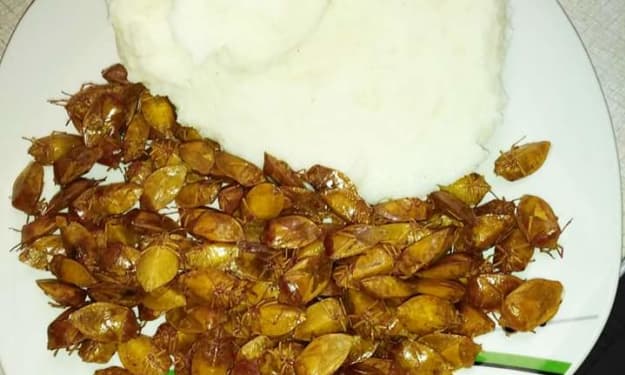Everything you need to know about the HV.1 strain of COVID-19, currently circulating in the United States
Health Article

A new strain of COVID-19 is leading the way in the United States just in time for the respiratory virus, while other strains of the coronavirus have begun to spread abroad.
According to Kelly Oakeson, chief scientist for bioinformatics and next-generation systems at the Utah Department of Health and Human Services, "we're looking at viruses that are emerging in real time."
Here's the number of Utahns who have received the COVID-19 vaccine.
Scientists have named the variety now common in the United States HV.1, and they say that it "gets better and better in our cells." It is more effective in making us sick. According to Oakeson, he has a good handle on what viruses do.
Although Utah is lagging behind the rest of the country that the Centers for Disease Control and Prevention has reviewed for about two weeks, he said the change is expected to spread widely over time. not far.
According to Oakeson, Utahns should know the HV.1 as follows:
It spreads quickly. There is no doubt that it can spread to others. This explains the increase in its spread among people.
HV.1 does not appear to make people sicker than the variety responsible for most cases in the United States since summer, EG.5, also known as Eris.
The symptoms seem to be the same. Gravity appears to be EG.5.
But people continue to get "really sick," so COVID-19 should not be taken lightly.
I wouldn't say it's bad, but I wouldn't say it's soft. Gentle seems to instill in people's minds, "Oh, it's nothing. I don't want to worry about it. this will not cause negative effects. » People still die from it, I wouldn't call it benign. People still get long-term COVID from EG.5 or HV.1. I wouldn't call it soft. People still end up in the hospital with this. I wouldn't call it soft. COVID-19 can kill them... (or) they can catch it, runny nose and be fine. There are many types of symptoms and seriousness.
The timing of the arrival of the new variant is a concern. If this happens in the summer, it can have a small effect on everything. But now it happens in fall/winter... people are inside, it's colder than outside. No more holidays. You will probably see an increase in cases, that's for sure. Does HV.1 govern this? It's only seasonal, what time of year is it? No, maybe it's a combination of all of those things. ... We see it now, year after year.
Little is known about the latest model, the JN.1, which has already appeared in Iceland. It was a mutation of the BA.2.86 strain, also known as Pirola, which was released in the omicron strain that led to the first recorded cases of COVID-19 in early 2022.
Oakeson said about 178 cases of JN.1 have been reported worldwide, including 118 in the past 10 days. Besides Iceland, which reached about half of the cases as of October 23, the countries seen by JN.1 include the United Kingdom, France and Portugal, he said. A new strain of Pirola was detected in the United States in September, but accounted for less than 0.1% of the country's COVID-19 cases, according to the University of Minnesota Center for Infectious Disease Research and Policy.
Oakeson, who at first called Pirola "frightening" because of the high number of mutations seen in omicron, uses JN.1 to guard.
" Of course, we are looking at it. I don't know, I'm at the same level of concern as I was at BA.2.86 because this is someone from those people and we haven't seen him yet. Those who -starts in the United States and in different parts of the world," said the central researcher. RELATED THINGS
Free coronavirus tests are back - here's how to arrange yours
The latest CDC analysis for the fourteen days ending last Saturday shows that HV.1 is the most variable in the United States now, believed to be more than a quarter of the disease.
Eris, in any case, is not far behind, almost 22%, according to the CDC analysis. Both HV.1 and Eris are related to XBB.1.5, another type related to omicron, called Kraken, to which the new improved coronavirus vaccine refers.
Although it was approved in mid-September, less than 5% of Utahns have accepted what is planned to be part of the annual coronavirus vaccination for most Americans, like the vaccine against influenza.





Comments
There are no comments for this story
Be the first to respond and start the conversation.